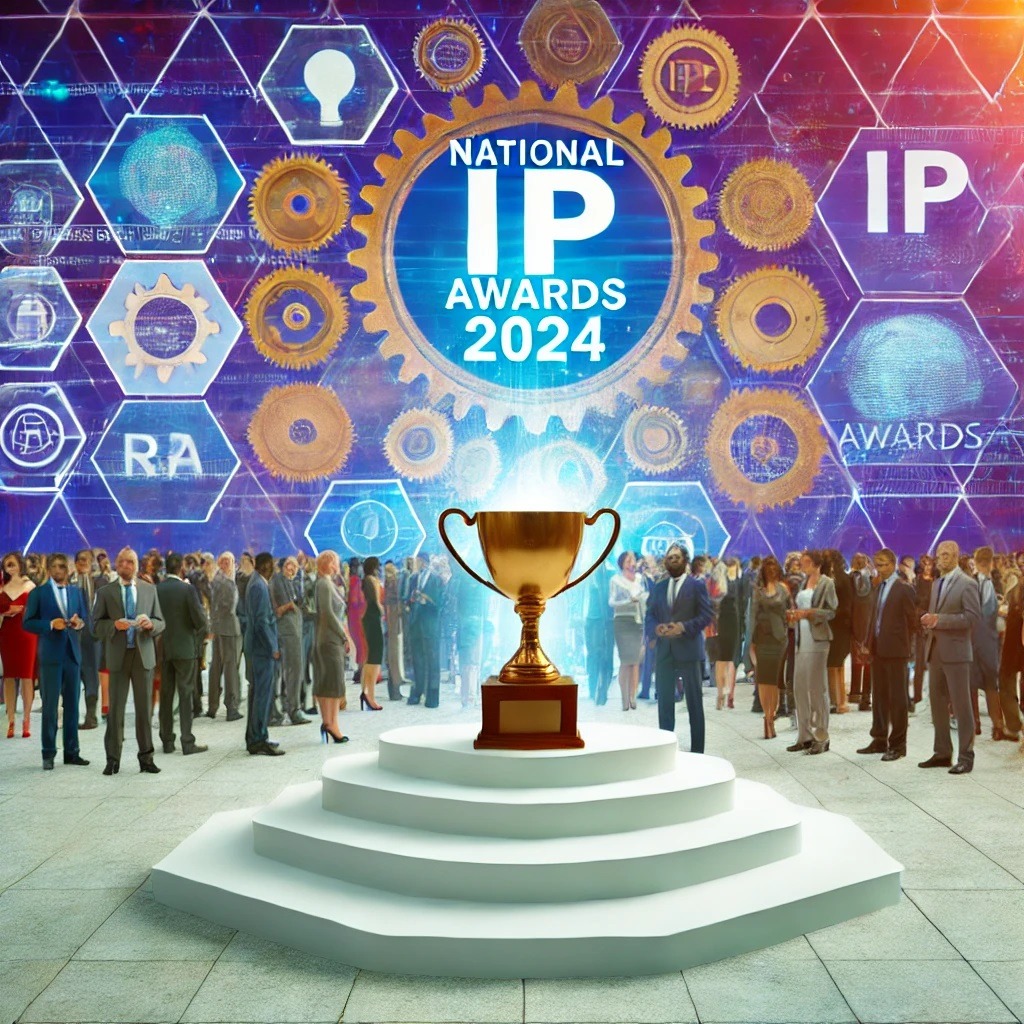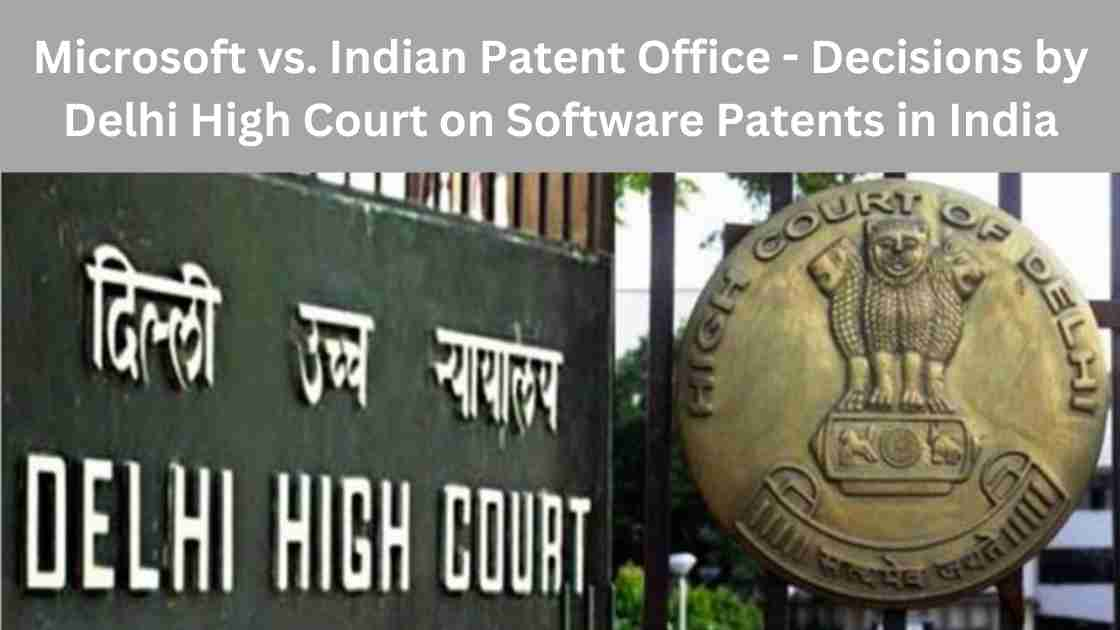Category: Uncategorized

Non-Patentable Subject Matter Under Section 3 of the Indian Patents Act, 1970
The Indian Patents Act, 1970, outlines the framework for granting patents and specifies the types of inventions that are patentable in India. A crucial aspect of this Act is Section 3, which enumerates various categories of inventions that are not patentable. Understanding these exclusions is essential for inventors, legal practitioners, and businesses seeking patent protection in India. This article delves into the intricacies of Section 3, highlighting the non-patentable subject matter and providing insights into the rationale behind these exclusions. Section 3 of the Indian Patents Act, 1970 Frivolous or Contrary to Natural Laws (Section 3(a)) Inventions that are frivolous or claim something obviously contrary to well-established natural laws are not patentable. Example: A machine claimed to generate energy without any input (a perpetual motion machine) would be excluded from patentability because it contradicts the law of conservation of energy. To become patent-eligible, the invention could be modified to operate…

Celebrating Innovation: National Intellectual Property Awards 2024
Innovation and creativity are the lifeblood of progress, and intellectual property (IP) is the tool that protects and nurtures these assets. Recognizing and rewarding excellence in this arena, the National Intellectual Property (IP) Awards 2024 are set to honor individuals, institutions, and enterprises that have significantly contributed to strengthening the IP ecosystem in India. These awards are not just about acknowledging past achievements; they aim to inspire future innovation and effective IP management. The primary objective of the National IP Awards is to encourage the creation and commercialization of intellectual property. By doing so, these awards aim to promote an environment where innovation thrives, leading to economic growth and a stronger IP ecosystem in the country. The awards highlight the strategic use of IP in various industries, showcasing how effective IP management can drive success. Categories of Awards This year, the awards will be presented across 13 distinct categories, covering…

Missed Your Chance to File a Patent and Your Product is Already in the Market? Explore the Power of Trade Secrets
Launching a product in the market is a moment of triumph. You've invested time, energy, and resources into bringing your innovative idea to life. However, in the excitement of launching, you might have overlooked a critical step: filing a patent to protect your invention. If your product is already on the market and you’ve missed the opportunity to patent it, you may feel like you've lost the chance to protect your intellectual property (IP). But all is not lost—there’s another powerful tool you can leverage: trade secrets. Understanding the Basics: Patents vs. Trade Secrets Before diving into how trade secrets can protect your invention, it's essential to understand the fundamental differences between patents and trade secrets. Patents: A patent is a public document that grants the inventor exclusive rights to their invention for a limited period, usually 20 years. In exchange for this exclusivity, the inventor must disclose the details…

Protecting Your Intellectual Property in the Age of 3D Printing: Challenges and Solutions
Introduction 3D printing has revolutionized the manufacturing industry by allowing the creation of complex and customized objects at a low cost. However, this technology has also given rise to new challenges in the area of intellectual property protection. In this article, we will explore the challenges of protecting your intellectual property in the age of 3D printing and provide some solutions to mitigate these risks. Understanding 3D Printing Before we discuss the challenges, it's important to understand how 3D printing works. It's a process of creating a physical object from a digital design file. The design file is created using Computer-Aided Design (CAD) software or obtained from an online database. The design file is then uploaded to the 3D printer, which uses additive manufacturing to create the object by building it layer by layer. Challenges of Protecting Your Intellectual Property in 3D Printing With the ease of access to 3D…

Increase in Patent Filings by Academic Institutions
Introduction With a plethora of opportunities to quench one’s technological pursuits or showcase the creative abilities of the students, higher academic institutions can be considered to be the powerhouses for generating intellectual property (IP). The extensive research facilities provided by higher academic institutions such as incubation centers, and research sponsored through university and industry partnerships serve as breeding grounds for various breakthrough inventions. Similarly, academic institutions may also give rise to developments in other areas of IP. This may be some literary work in the form of some songs or drama or film scripts or artistic works in the form of a sculpture or even a painting. The list is endless to enunciate the numerous possibilities of IP in any academic institution. Recommendations of National IPR Policy, 2016 It is indeed the above reasons that may have inspired the drafters of National IPR policy to provide certain recommendations on how…

Recent FAQs Published by the Indian Patent Office on Form 27
The Indian Patent Office recently released a comprehensive FAQ document…

A Comprehensive Guide to Patent Searches: Types, Examples, and When to Use Them
Patent searches are a crucial aspect of the patenting process.…

Microsoft vs. Indian Patent Office – Decisions by Delhi High Court on Software Patents in India
The part of this series focuses on the…

Case in Point: Sun Pharma Ltd vs. DWD Pharma Ltd
Case in Point is a new series where…
Categories
Recent Discussions
Recent FAQs Published by the Indian Patent Office on Form 27
The Indian Patent Office recently released a comprehensive FAQ document regarding Form 27, aimed at clarifying the requirements and procedures for patentees and…
Recent Discussions
A Comprehensive Guide to Patent Searches: Types, Examples, and When to Use Them
Patent searches are a crucial aspect of the patenting process. Whether you're an inventor, entrepreneur, or a legal professional, understanding the different types…
